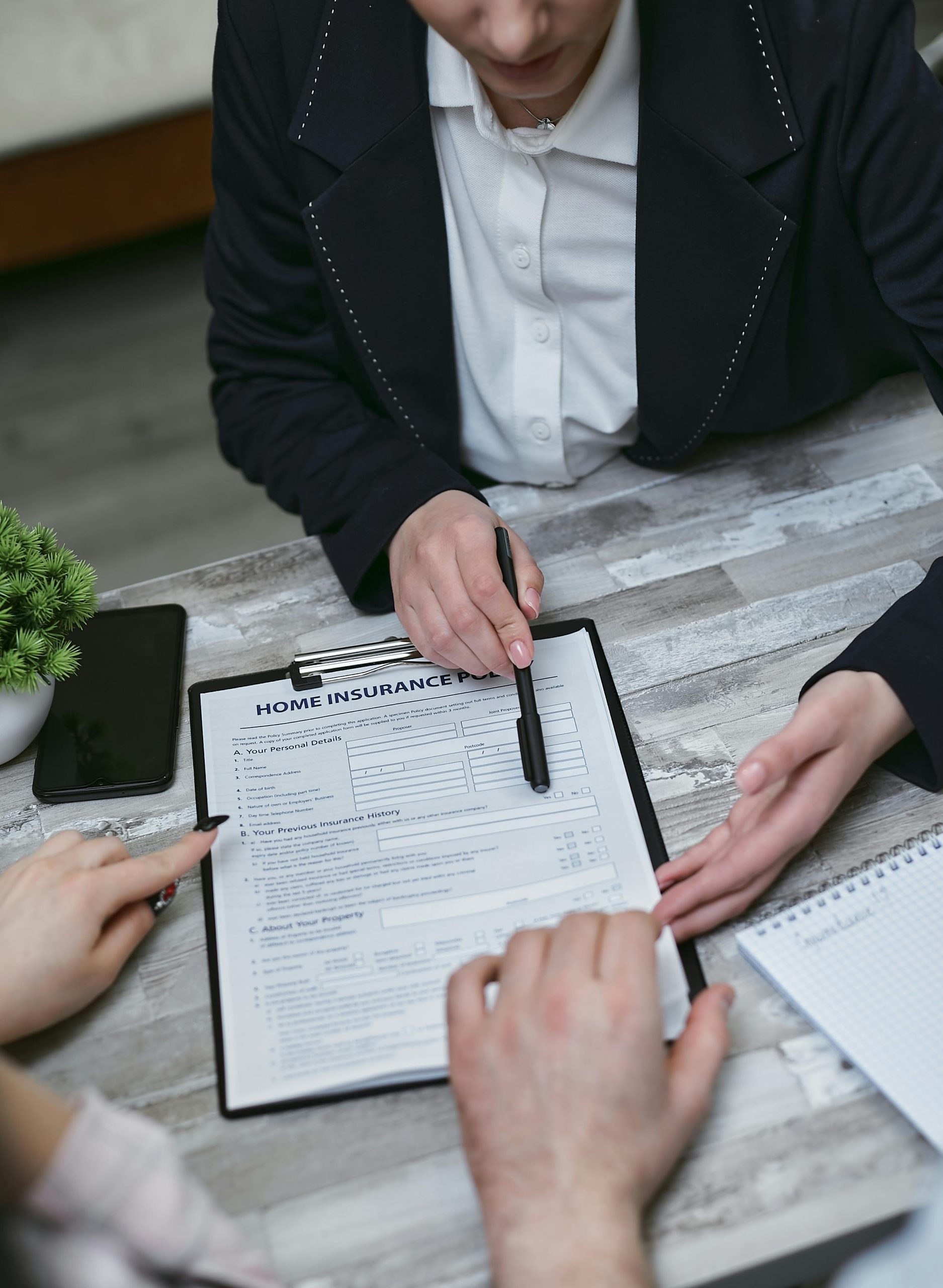What Happens After Someone Files a Claim Against Me?
Last night, while backing out of a parking space at work, I accidentally collided with a car that was backing out of the drive-thru. Their car sustained a dent on the bottom of the doors. I exchanged my information with the driver, but they didn’t provide theirs. I’m concerned about what will happen after they file a claim. My mom mentioned that they might try to exaggerate the situation, and I’ve read that attorneys can get involved in these cases. I’ve also been advised not to admit fault, although I know it was my mistake. The other driver did take photos of both vehicles. This was my first accident, and I was really shaken up, so I didn’t think to ask for their contact information. I’ve been told that once the insurance company receives the statement and photos, my insurance should cover the damages, but that it might increase my premiums.




It sounds like you’re in a stressful situation, but it’s good that you’re seeking information on what to expect. Here’s a general overview of what typically happens after someone files a claim against you following an accident:
Claim Filed: When the other driver files a claim with their insurance, they will provide their account of the incident, including any photos or evidence they collected. Their insurance company will investigate the claim.
Insurance Investigation: Both insurance companies (the other driver’s and yours) will look at the evidence, including your statements, pictures, and any other pertinent details. They might interview both drivers and any witnesses to understand what happened.
Liability Determination: Based on the investigation, the insurance companies will determine who was at fault. Since you acknowledge fault, it may be a straightforward process, but keep in mind that fault can sometimes shift based on the evidence.
Communication from Your Insurer: Once the other driver’s insurance contacts your insurance company, your insurer will reach out to you for your side of the story and to gather any additional information.
Coverage and Payment: If your insurance determines that the claim is valid and you are at fault, they will most likely cover the damages to the other driver’s vehicle, up to your policy limits.
Potential Rate Increase: Unfortunately, your insurance premiums may increase after a claim, especially if you are deemed at fault. The amount of the increase can vary based on your insurance company and your previous driving record.
Legal Involvement: While it’s possible for the other driver to pursue legal action, it’s often a last resort. Most claims get settled through insurance without attorneys being involved. However, if the situation escalates or if the other driver seeks more compensation than what is covered by your policy, legal action could become a possibility.
Keep Records: Document everything related to the incident, including any communication with your insurance company and the other driver, as well as the claim number if one is assigned.
Consult Your Insurance Policy: It might be helpful to review your insurance policy or speak to your insurance representative for clarity on coverage limits and the claims process.
Stay Calm: It’s natural to feel anxious about this situation, but being proactive and informed will help you manage it effectively.
Remember to be honest with your insurance company and provide all necessary information about the incident. Good luck!